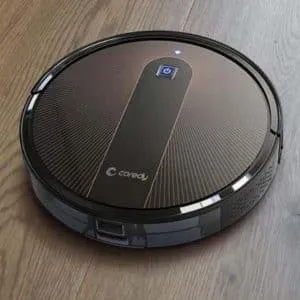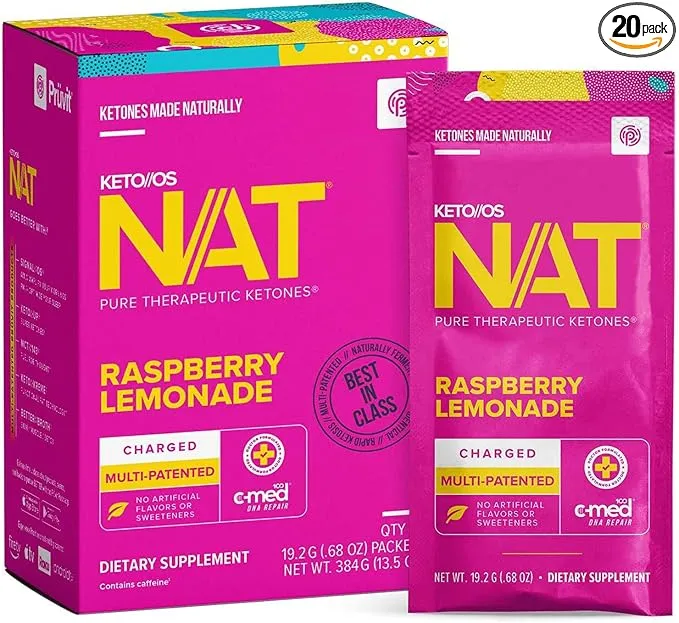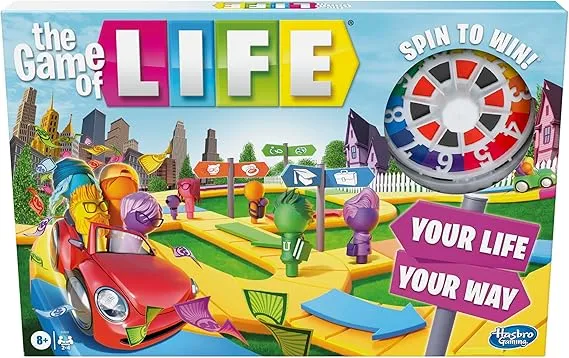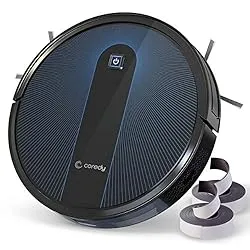Coredy Robot Vacuum Comparison
Coredy are a manufacturer of budget-priced robot vacuums. They are taking the market by storm, providing a viable alternative to Eufy who currently dominate in the cheaper price category.
Now that I have reviewed all of their range, I thought I’d create this Coredy robot vacuum comparison guide and run through the different features in each model to help you choose the right one.
Table Of Contents
What’s the Best Coredy Robot Vacuum?
The Coredy R750 is the best Coredy robot vacuum in terms of features and cleaning performance. In addition to the highest suction power, its standout feature is Wi-Fi which allows you to control it from an app or connect it to Alexa and Google Home for basic start/stop voice control.
If smart home integration isn’t important to you, I’d recommend considering the lower-priced Coredy R650 which offers the best feature-to-price ratio. This doesn’t have Wi-Fi or mopping, but these are features you may be able to live without in return for a lower price.

Coredy Robot Vacuum Comparison Chart
[table id=15 /]
Coredy Side-by-Side Comparisons
Let’s now take a detailed look at each device and how it compares to the rest of the range.
Coredy R300
The R300 is Coredy’s most entry-level robot vacuum. Unlike most vacuums, it doesn’t have a roller brush on the bottom and instead just inhales particles from the floor. This means it’s best suited to hard floors or very low pile carpet as there are no bristles to force dirt particles out of thicker carpet.
It has the smallest bin capacity of the entire range at 300ml so it’s best suited to smaller homes without pets.
As with all the vacuums in their range, the R300 uses random path navigation and doesn’t map your home. Unfortunately, it doesn’t support boundary strips so you cannot set any no-go areas. This might seem like a small thing, but if your vacuum frequently gets stuck in one area it can be a nightmare.
There’s no Wi-Fi, so the vacuum can only be controlled via the included remote control.
Read my full Coredy R300 review.

Coredy R550 (vs R300)
Next up is the Coredy R550 which is also known as the R500+. This is another random path navigation robot vacuum and again it is controlled via remote control with no wi-Fi. But, how does it compared to the R300?
Well, The R550 is much better on carpet than the R300 and can be used on both low or medium pile floors, this is due to the addition of a traditional motorised roller brush on the base rather than the inhale motor of the lower-spec device. Coredy brushes are decent at picking up hairs, with fewer overall tangles than other vacuums at this price level.
It’s the first device in the range that also has mopping capability, although it cannot switch between vacuum and mop mode by itself as you’ll need to swap the dust bin for a water tank and vice versa. I’m not a huge fan of the mopping capability on any Coredy device but some owners swear by it.
Unlike the R300, the R550 does support boundary strips for setting no-go zones, although these are sold separately at £30 for 2m.
The R300 is the same size as the R550 and has the same suction power of 1,4000pA. However, it introduces Coredy’s Boost Intellect technology which can detect when the vacuum has moved between carpets and hard floors, and adjust the suction power accordingly.
Read my full Coredy R550 review.

Coredy R650 (vs R550)
One of my favourite robot vacuums in Coredy’s range is the R650. It has an improved cleaning performance compared to the R550 but at the expense of the mopping feature. As you’ll have noticed in the previous review, I don’t rate the mopping feature on Coredy vacuums so would recommend the R650 over the R550 if mopping isn’t important to you.
The R650 has increased suction power compared to the R550, capable of 1600pA. It also has an upgraded roller brush that is much better at handling pet hairs and makes it easier to remove tangled hairs.
The R650 has a 500ml dustbin which makes it suitable for all home sizes and will go for several cleaning cycles in a medium-sized home before it requires emptying. The 120 minutes battery life is also helpful for larger homes to ensure good coverage before the battery runs out.
Both the R550 and the R650 supports boundary strips, however, only the R650 comes with strips included (2 x 2m). Given that the cost of strips is £30 for 2m, it is cheaper to buy the R650 than buying the R550 and paying extra for boundary strips.
As with the previous two devices, the R650 doesn’t have an internet connection, instead, you’ll have to use the remote control to manage the vacuum. It also uses random path navigation which is consistent across the entire Coredy range.
Read my full Coredy R650 review.

Coredy R750 (vs R650)
The R750 is Coredy’s most premium robot vacuum. Unlike the R650 and other lower-tier devices, it has a Wi-Fi connection which means you can control it via the Coredy app and can start/stop the vacuum using Alexa or Google Home voice commands.
The voice commands are very basic, but if smart home integration is important to you, then it’s the best pick. It also comes with a remote control if you prefer the manual method.
As well as the addition of Wi-Fi, the R750 has an upgraded performance compared to the R650. It has 2,000pA of suction power (compared to 1,600pA on the R650) and an increased battery capacity of 3200mAh. Although, the increased suction power does mean that the overall run time is similar at 120 minutes for both the R650 and R750.
R750 also has Coredy’s mopping feature provided you purchase the water tank and mopping pads that are sold separately. As with the R550 which also had this feature, it’s pretty lackluster and there is no pressure on the mop pad other than that provided by gravity. It also requires you to switch the dust bin for a water tank and vice versa so isn’t worth the hassle in my view.
Read my full Coredy R750 review.
